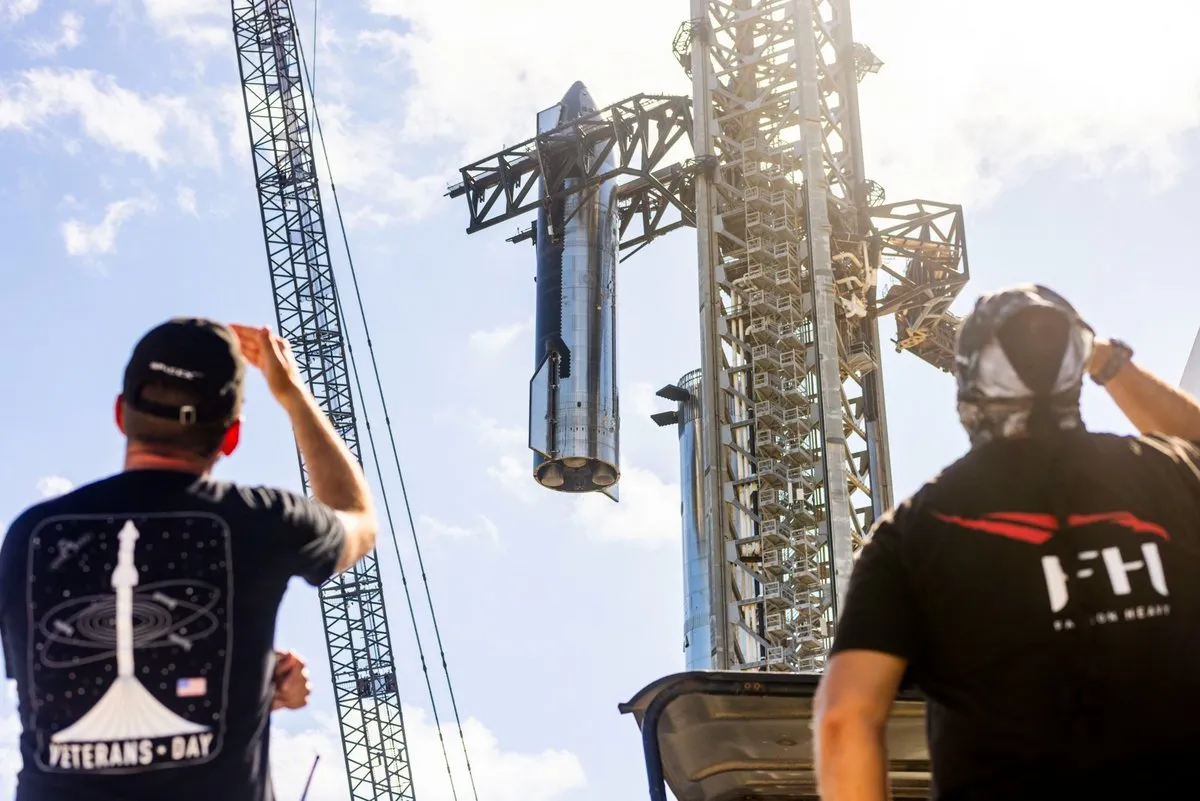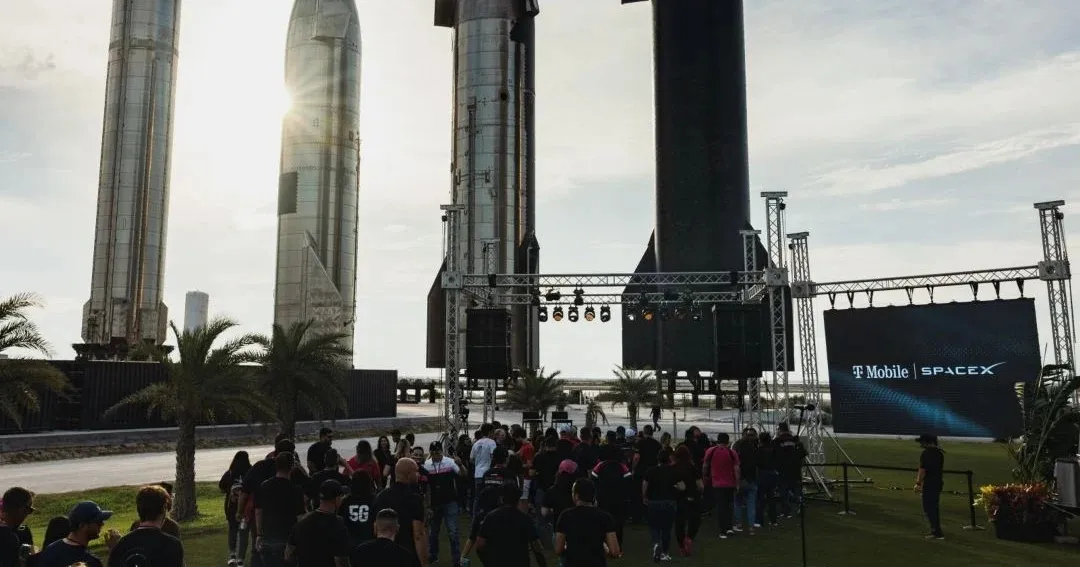Elon Musk Launches Groundbreaking Test for Satellite-Powered Smartphones!
Elon Musk has revealed that SpaceX will begin testing Starlink Direct-to-Cell, a feature that allows smartphones to connect directly to satellites for seamless internet access. The beta phase is set to launch within days, marking a significant advancement in global connectivity.

Starlink’s Direct-to-Cell: Revolutionizing Mobile Connectivity
On January 24, Musk posted on X (formerly Twitter): “Starlink, which connects Internet directly from satellites to mobile phones, will begin its beta phase in three days.”
This Direct-to-Cell technology eliminates the need for ground-based cell towers, instead using low Earth orbit satellites as “cell towers in space.” According to Musk, SpaceX may officially begin testing this feature on January 27.
How Does Starlink’s Direct-to-Cell Work?
Starlink’s Direct-to-Cell service is designed to provide global coverage, ensuring connectivity even in remote and rural areas where traditional infrastructure is unavailable. Unlike conventional mobile networks, this service allows LTE-enabled smartphones to connect directly to satellites, enabling:
– Text messaging
– Voice calls (coming soon)
– Data services (future rollout)
– IoT device connectivity
No Additional Hardware or Apps Needed
According to Starlink’s website, the feature is seamless and user-friendly:
– No need to change phone hardware or firmware
– No special apps required
– Works anywhere under an open sky
SpaceX has been internally testing the technology for months, and the upcoming public beta phase is the next step toward full deployment. The company will soon share details about supported devices and how users can join the program.

Bridging the Global Connectivity Gap
According to GizChina, this breakthrough has the potential to close the communication gap for millions of people living in rural and remote areas where cellular service is limited or nonexistent.
“Millions of people in rural and remote areas lack cellular service. Direct-to-Cell has the potential to change that. By bypassing the need for traditional infrastructure, it can connect people even in the most inaccessible places,” GizChina reported.
By leveraging satellite technology, SpaceX aims to provide reliable internet access regardless of geographic limitations, addressing one of the most pressing issues in global telecommunications.

Starlink Cellular: Expanding Mobile Coverage Beyond Traditional Networks
Elon Musk first teased the Direct-to-Cell concept in September 2024, calling it Starlink Cellular. At that time, he described it as a service that would enable mobile phone connections anywhere on Earth.
Initially, the Starlink smartphone internet service will operate exclusively with T-Mobile in the United States. However, Musk confirmed that expansion to other carriers is planned: “The Starlink direct smartphone internet service will operate exclusively with T-Mobile in the US for the first year, then expand to other carriers. We will start by working with a specific carrier in each country, but hope to work with all carriers.”
This collaborative approach could transform the mobile telecommunications industry, allowing users to access satellite-based mobile networks without relying on traditional cellular infrastructure.

Starlink’s Future: A 42,000-Satellite Mega Constellation
SpaceX has ambitious plans for Starlink, aiming to build a vast satellite internet network with 42,000 satellites by 2027. The company has already:
– Produced over 1 million consumer terminals
– Achieved speeds of 50-150 Mbps (with some areas reaching 175 Mbps)
– Expanded coverage to remote and underserved regions worldwide
As the company continues its rapid satellite deployment, Starlink’s Direct-to-Cell feature could play a critical role in enhancing global mobile connectivity.

The Future of Satellite-Powered Smartphones
With testing set to begin, Musk’s Starlink Direct-to-Cell service could redefine the future of mobile internet, making connectivity more accessible than ever before.
If successful, SpaceX’s satellite-to-phone technology could disrupt traditional mobile networks, offering a powerful alternative to ground-based telecommunications infrastructure.
The era of satellite-powered smartphones has officially begun.




Post Comment